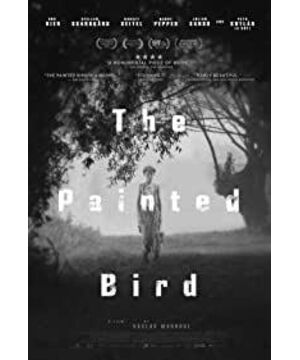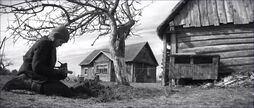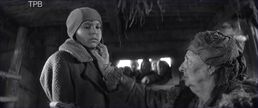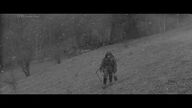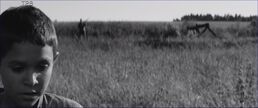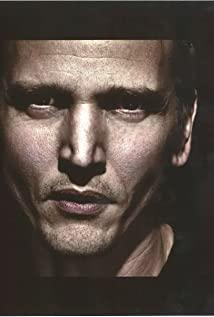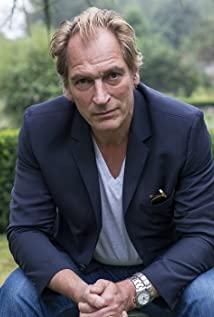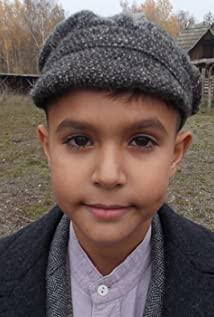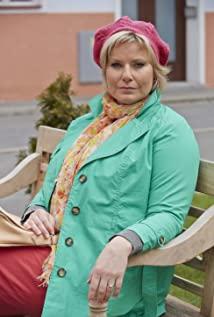[Venice Film Festival Viewing] I was fortunate to watch the world premiere of this Czech film in Venice more than three months ago. Like "Jiyuantai No. 7" the night before, audiences began to leave after more than half an hour after the opening. However, it is not as exaggerated as the online saying of "fleeing in a panic and fleeing at the door". This can be regarded as the largest film seen in Venice this year, full of all kinds of cruel and perverted plots: incest, sexual abuse, sexual inversion, beating, physical mutilation, etc., but this is definitely not the kind of sexual violence. A gimmicky cult art piece. The film is adapted from the novel of the same name and has a narrative structure with a strong literary flavor. The three-hour-long film is enough to scare off many viewers. The unbearable picture and the sense of fate with nowhere to escape create a heavy and depressing atmosphere that is constantly falling. Secondly, the texture of the black and white picture is easily reminiscent of the handwriting of Eastern European film masters in the 1960s and 1970s. Every composition and shot is as delicate and elegant as a postcard. Furthermore, the film has very little dialogue, but it can reveal dark and depressing themes in the poetic empty shots and symbolic images.
The little-known Czech director is by no means a style-maker for indulging in images. Rather than relying entirely on long takes to show off his style, he still relies on narrative as a central expression throughout the film. The story tells the story of a young boy who was abandoned by his parents wandering around in the countryside, being taken in by different families, struggling to survive by hard labor. Unexpectedly, every time he arrives at a family, he will always bring them disasters that follow one after another. Incredible and transcendent events appear one after another. The film is narrated by the encounters of different families, and the paragraphs are separated by black screens, and each paragraph always ends in death. When watching it, I always thought that the next paragraph would come with light, but it backfired and fell into a more gloomy and depressing situation.
At first glance, it looks like a collection of grotesque fables in the countryside, because witches, vicious curses and ignorant behaviors run through it, but gradually I find that the true historical background of the story unfolds slowly, running through the Nazi massacre until the end of World War II, and the identity of the little boy. And the topic of Jews also surfaced in the second half of the plot. The little boy walks on the brink of hell where human nature and morality collapse. He is not only an observer of history, but also a bearer of pain and atrocities. He personally understands the selfishness and ugliness of human nature, and even unconsciously transforms into a perpetrator, making the theme about human nature. The discussion of meaning becomes complex and profound. The most perplexing scene: The child painted a bird with white paint and released it to the flock, but was repelled and attacked by other companions, and finally fell to the ground after being pecked to death. This symbolic plot implies that the Jewish people Disgusted and ostracized social phenomena in Europe during WWII
View more about The Painted Bird reviews


